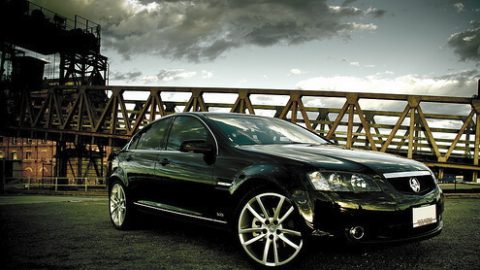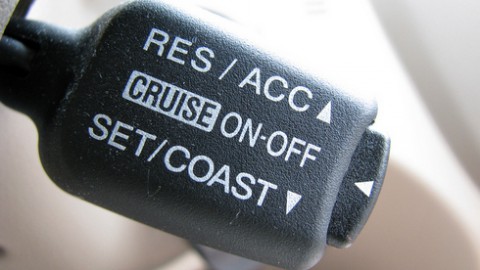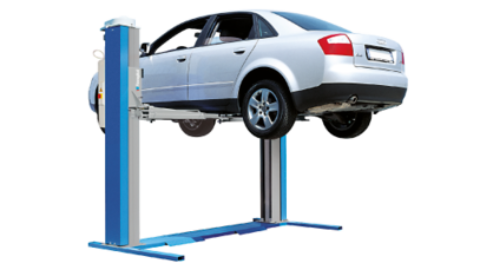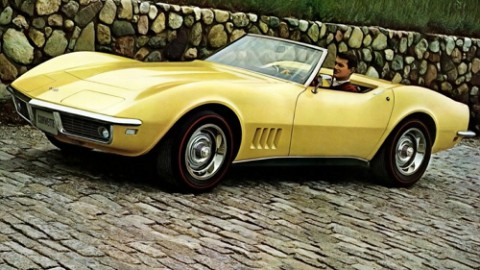It used to be that no one paid any attention to automotive fuel sources. Gasoline was cheap, seemingly abundant, and available not only on virtually any street corner, but at four different gas stations situated at each of the four corners of an intersection. The location of the refueling stations may not have changed, but a few of the other variables are no longer the same.
The price of gas has risen, and to any observer its consistently high price over the past few years seems to herald a new era. Gas seems to have reached a new price plateau from which it will not decrease substantially anytime in the near future. The new pricing paradigm has raised awareness that it is a limited fuel source, with finite reserves, which are being steadily depleted.
With that knowledge, an increasing interest in fueling one’s vehicle with something different has become a priority. But what type of fuel will it be? As it turns out, there are many alternative fuel sources which can or will be used to power automobiles. Ranging the gamut, derived from materials as diverse as pond scum to liquid nitrogen, here is a look at what is going into some fuel tanks.
Capitol-Tires.com is an independent enthusiast website and is not affiliated with or endorsed by American Tire Distributors (ATD), Nexen, Itochu or any other manufacturers and its content is solely for informational purposes. All manufacturer names, symbols, and descriptions, used in our images and text are used for identification purposes only. It is neither inferred nor implied that any item mentioned by Capitol-Tires.com is a product authorized by or in any way connected with any products/vehicle manufacturers displayed on this page. Copyright © 2025 CAPITOL-TIRES.com. All rights reserved.








